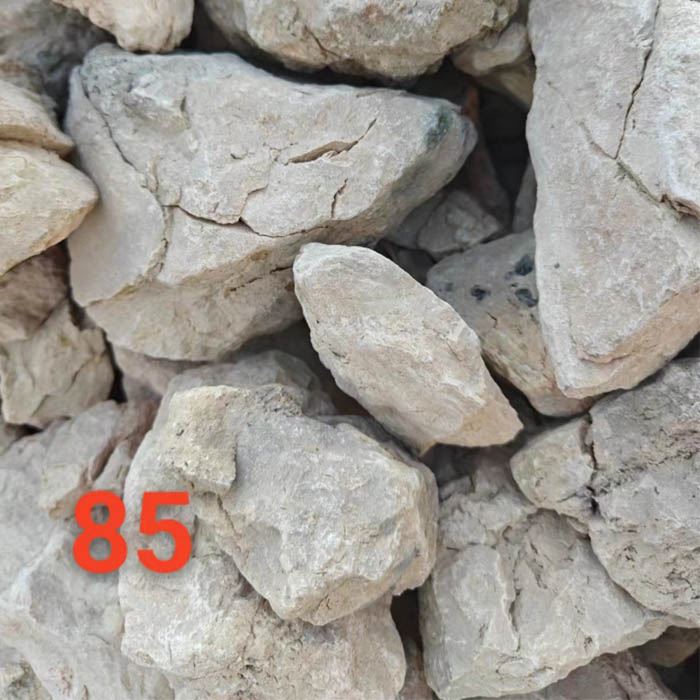Nov . 25, 2024 19:56 Back to list
Choosing Between Perlite and Vermiculite for Growing Healthy Vegetables
Perlite or Vermiculite for Vegetables Which is Better?
When it comes to growing vegetables, the right growing medium is essential for ensuring healthy plants and bountiful harvests. Among the various options available, perlite and vermiculite are two popular soil amendments that gardeners often consider. Both have unique properties and benefits, making it essential to understand their differences and applications in vegetable gardening.
What is Perlite?
Perlite is a lightweight volcanic glass that has been heated to a high temperature, causing it to expand and transform into small, white, porous granules. Its structure is characterized by a high degree of aeration, which permits excellent drainage while retaining some moisture. This quality makes perlite an ideal amendment for potting mixes and container gardening.
Perlite provides immediate benefits for seedling and plant growth due to its ability to keep the soil aerated. The increased aeration promotes root development, allowing plants to access essential nutrients more efficiently. It is particularly beneficial for vegetables that thrive in well-draining soil conditions, like tomatoes, peppers, and cucumbers.
What is Vermiculite?
Vermiculite, on the other hand, is a mineral that is heated until it expands into accordion-like granules. Unlike perlite, vermiculite has a spongy texture and is known for its ability to retain moisture and hold nutrients. This property is especially important for vegetable gardens because it can help maintain a more consistent moisture level in the soil, which is crucial for optimal plant growth.
Vermiculite also has a neutral pH, making it versatile for a variety of plants. It is particularly useful for seed starting, as it creates a fine, lightweight medium that allows for excellent seed germination rates. Many gardeners use vermiculite in combination with other soil components to enhance moisture retention and ensure that young plants receive the hydration they need to thrive.
Comparison of Perlite and Vermiculite
When deciding between perlite and vermiculite for vegetable gardening, it’s essential to consider their distinct advantages and disadvantages
perlite or vermiculite for vegetables

1. Drainage vs. Retention Perlite excels in drainage, making it ideal for preventing soil compaction and helping to aerate the roots. On the other hand, vermiculite retains moisture and nutrients, which can be beneficial in dry conditions but might lead to overwatering if not monitored closely.
2. Nutrient Holding Vermiculite has the ability to hold nutrients better than perlite. This makes it a superior choice for nutrient retention, especially during the early growth stages of vegetables when they require consistent nourishment. If your goal is to provide a nutrient-rich environment, vermiculite might be preferable.
3. Weight Perlite is lighter than vermiculite, making it easier to handle, especially when working with larger volumes in containers or raised beds. Gardeners often choose perlite to avoid the additional weight that can come with a mix of vermiculite.
4. Cost Generally, perlite is less expensive than vermiculite. For large-scale gardens where budget might be a concern, perlite can be a more economical choice while still offering many benefits.
When to Use Each
In many cases, the best approach is to combine perlite and vermiculite in your vegetable gardening mix. Using a blend can yield a balanced medium that offers both good drainage and moisture retention. For seedlings, a mix of two parts vermiculite to one part perlite can provide the necessary conditions for healthy growth.
Vegetable types may also influence your choice. Root vegetables, such as carrots and beets, may benefit more from the drainage capabilities of perlite, while leafy greens, which often require more consistent moisture, might thrive better in a vermiculite-rich environment.
Conclusion
In summary, both perlite and vermiculite have unique properties that can benefit vegetable gardening. Understanding the specific needs of your plants, as well as the characteristics of each amendment, will help you make the best choice for your garden. By strategically utilizing these amendments, you can create an optimal growing environment that supports healthy vegetable growth and maximizes your yields. Whether you choose perlite, vermiculite, or a combination of both, your vegetables will thank you with robust growth and delicious produce.
-
Eco-Friendly Granule Covering Agent | Dust & Caking Control
NewsAug.06,2025
-
Fe-C Composite Pellets for BOF: High-Efficiency & Cost-Saving
NewsAug.05,2025
-
Premium Tundish Covering Agents Exporters | High Purity
NewsAug.04,2025
-
Fe-C Composite Pellets for BOF | Efficient & Economical
NewsAug.03,2025
-
Top Tundish Covering Agent Exporters | Premium Quality Solutions
NewsAug.02,2025
-
First Bauxite Exporters | AI-Optimized Supply
NewsAug.01,2025
